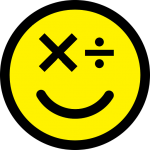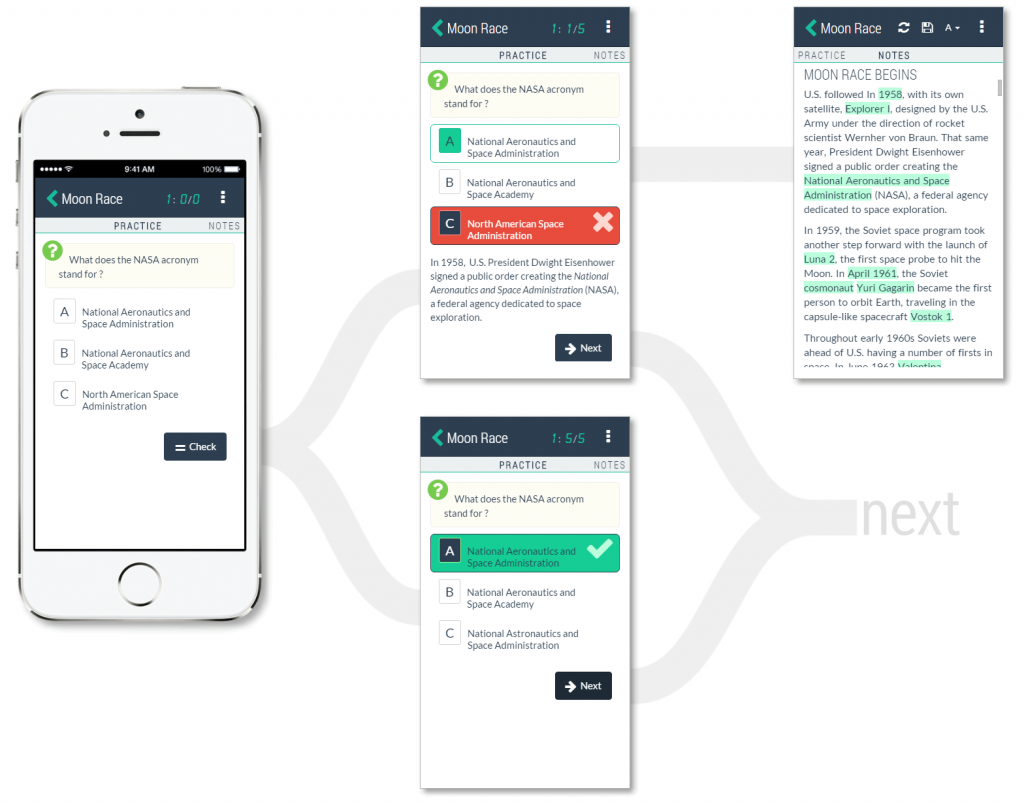Recent Projects
 Jetson Nano
Jetson NanoThese two self-driving robots are based on the NVIDIA Jetson Nano board and their JetBot open source project. Each has a tiny camera in front and can use it to process images in real-time and decide whether it is safe to proceed straight or do a left turn.
Read more …
This real-time vision processing is using a deep neural network written in PyTorch. Network model needs to be trained by taking as many shots as possible and labelling them as safe or unsafe. In this test though, the robots are running on a generic model supplied by NVIDIA, which turns out to be pretty good. It’s fun watching robots avoiding each other and making sure they don’t fall off the table, although as you can see at the very end they could benefit from some additional training.
The project was fun to build, I’ve learned about 3D printing (most parts except the wheels and the castor ball), designed my own front blade in Blender, and soldered a special cable supplying power from USB-C port on my battery to the barrel connector on the Nano board.
 This is an Amazon Alexa skill that helps children to learn times tables. It challenges students to correctly answer as many questions in a row as possible and then keeps a record of their personal best. The skill has three difficulty levels. Questions include division, real-life problems and hints. Read more …
This is an Amazon Alexa skill that helps children to learn times tables. It challenges students to correctly answer as many questions in a row as possible and then keeps a record of their personal best. The skill has three difficulty levels. Questions include division, real-life problems and hints. Read more …
The skill was developed using Amazon Alexa SDK and AWS Lambda. Students’ results are kept in the AWS DynamoDB database which enables the test process to be paused and continued at a later date and also to keep the personal best score. Real-life problems are stored in JSON structures and are randomly picked up during questioning.
 SubjectScore was a startup enabling students to use their phones and laptops to better prepare for their exams.
SubjectScore was a startup enabling students to use their phones and laptops to better prepare for their exams.
With the SubjectScore cloud application, students could create, maintain and organize their test questions and answers (practice tasks) and complement them with related study notes. Read more …
Each study unit was called a topic and topics were organized into subjects which corresponded to actual subjects in schools, universities or other learning institutions.
 While entering their study notes on their PCs, students would highlight important facts and then use the review mode on their phones to help them memorize those facts which might come up as questions in the exam. They could also create multiple choice questions and other tasks and then use those to play a simple guessing game on their phones, similar to flashcards or a memory game.
While entering their study notes on their PCs, students would highlight important facts and then use the review mode on their phones to help them memorize those facts which might come up as questions in the exam. They could also create multiple choice questions and other tasks and then use those to play a simple guessing game on their phones, similar to flashcards or a memory game.
 Students could also invite their classmates to SubjectScore and form study groups to share subjects, topics and related tasks.
Students could also invite their classmates to SubjectScore and form study groups to share subjects, topics and related tasks.
SubjectScore was a single-page web app which was built in Microsoft Azure cloud using .NET and C# at the backend, and AngularJS and Bootstrap at the frontend. Data was stored in both SQL Azure relational database and NoSQL Azure Storage. App used browser local storage so students could use the app offline or with an intermittent connection.
SubjectScore was one of the hardest projects I’ve ever attempted. It was also lots of fun and I’ve learned heaps. It involved not just technical design and product implementation but also lean business development, marketing and many other activities. Startup successfully graduated from the rigorous Founder Institute course.